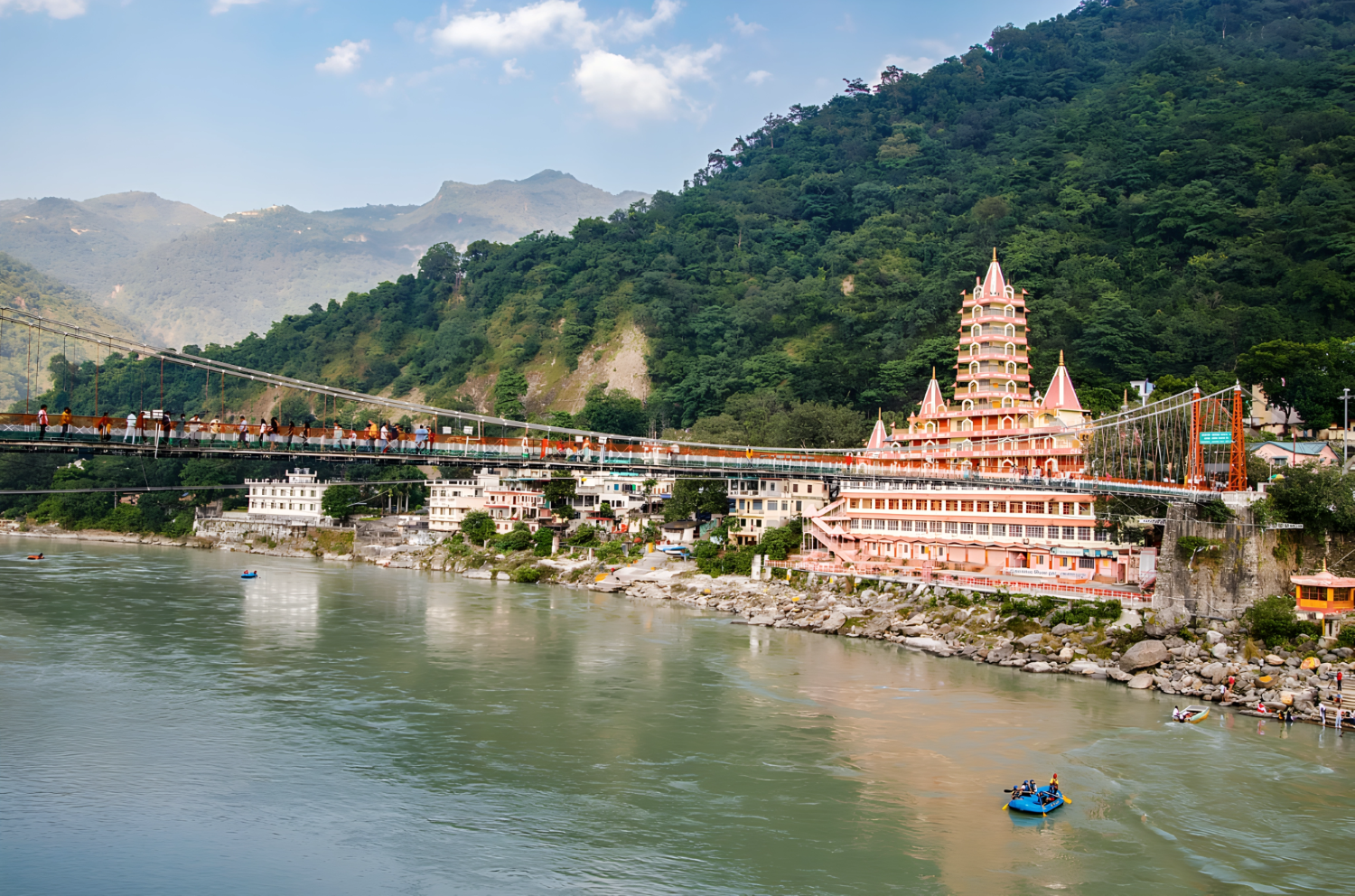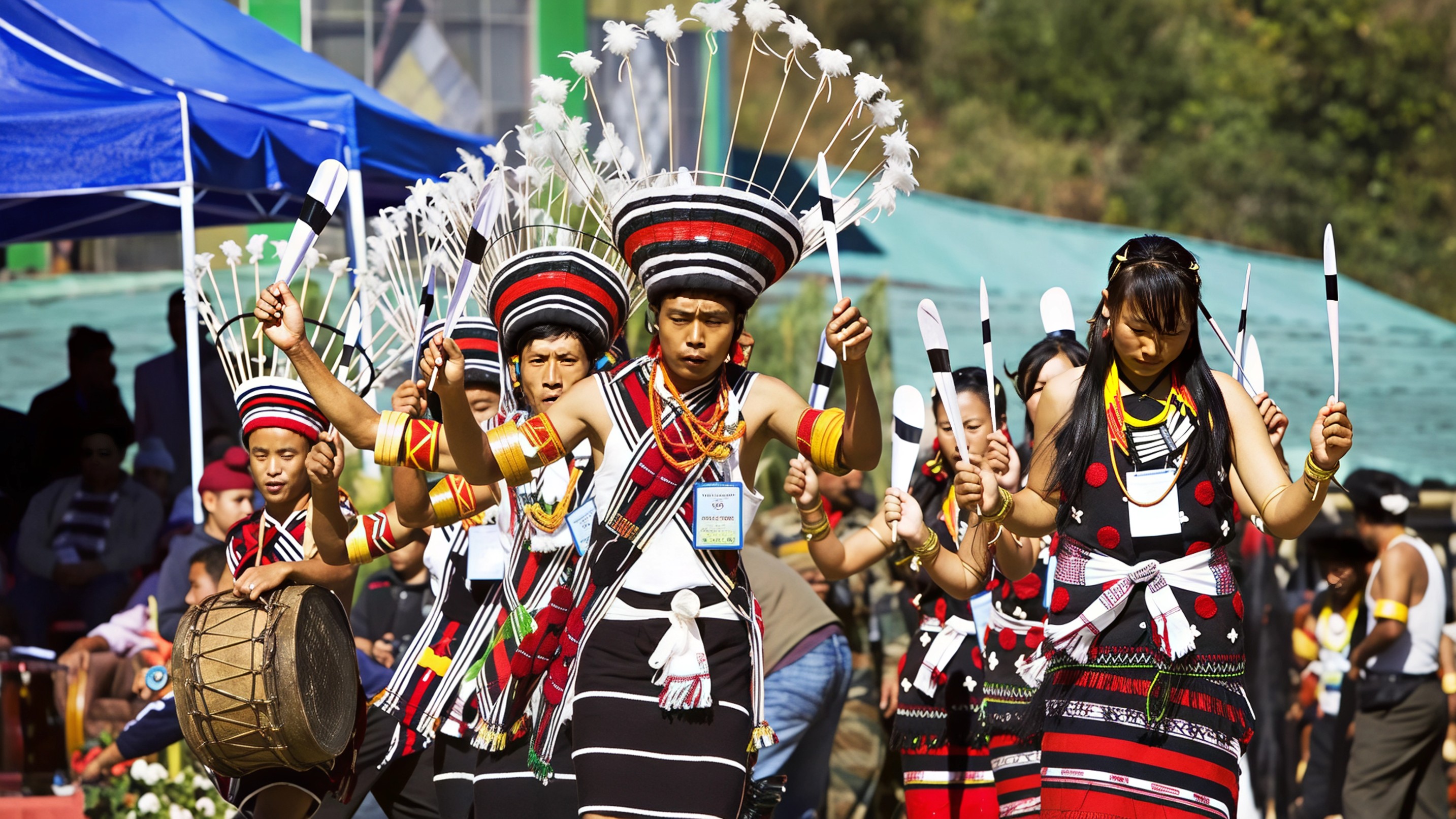Rishikesh, the spiritual heart of Uttarakhand, is on the verge of a transformation that blends ancient charm with modern engineering brilliance. The upcoming Bajrang Setu, a state-of-the-art glass suspension bridge, is set to redefine the city’s skyline and reshape its tourism experience. Designed to ease congestion on the historic Lakshman Jhula, this new structure aims to become both a spiritual landmark and an architectural wonder for visitors from across the world.
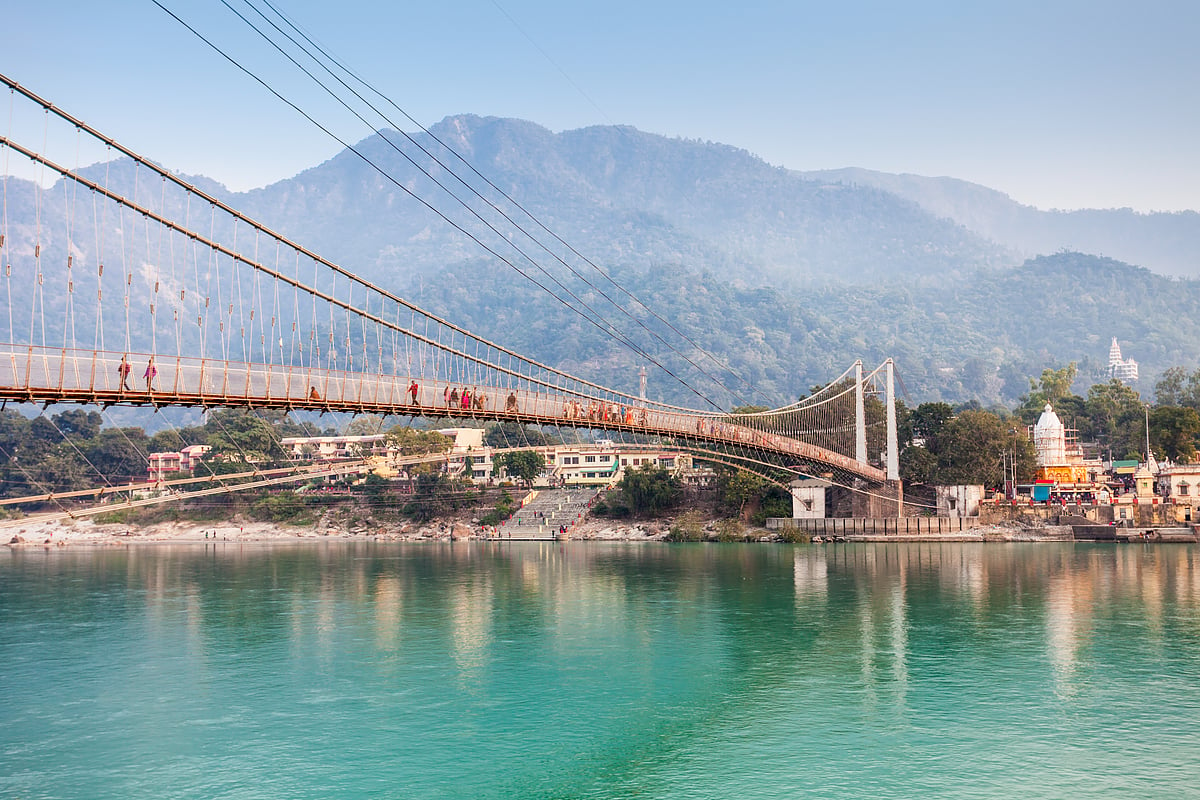
A modern marvel rooted in history
The iconic Lakshman Jhula, opened in 1929, has long stood as a symbol of devotion and heritage. According to mythology, this is the spot where Lord Lakshman is said to have crossed the Ganga on a jute rope. For nearly a century, it has connected the Tapovan and Jonk villages, becoming one of Rishikesh’s most revered attractions. However, with time and continuous wear, the need for a safer and stronger structure became inevitable.
Enter Bajrang Setu — a new-age suspension bridge that captures the spirit of the old while paving the way for the future. With an estimated cost of ₹60 crore, the bridge spans 132 metres in length and 8 metres in width, featuring cutting-edge engineering designed to ensure durability and safety without compromising on beauty.
Engineering meets spirituality
Bajrang Setu is more than a bridge — it is a visual experience that captures the harmony between technology and tradition. Its transparent glass walkways, each 1.5 metres wide and made from reinforced 66 mm-thick glass panels, offer visitors a mesmerizing view of the Ganga flowing beneath their feet. Whether it is the golden glow of sunrise or the calm serenity of twilight, walking across Bajrang Setu promises to be a once-in-a-lifetime experience that combines faith, thrill, and tranquility.
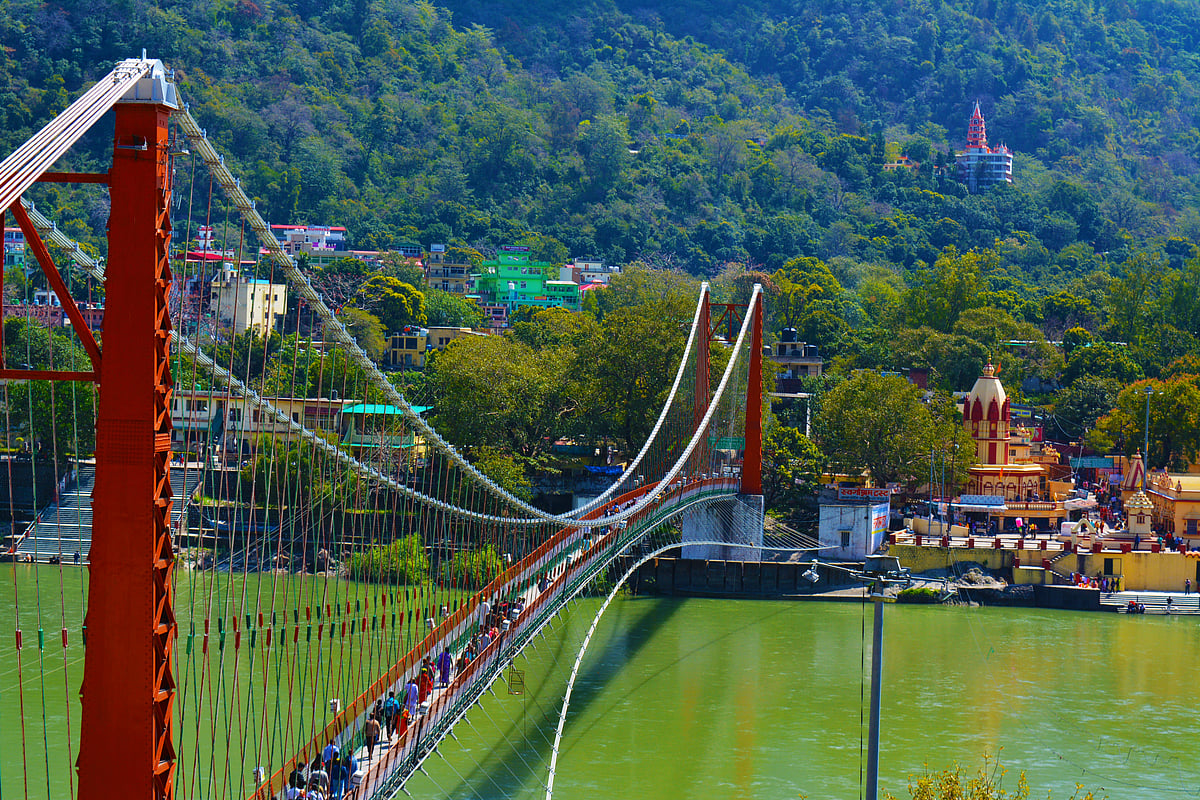
According to Praveen Karnwal, Executive Engineer of the Public Works Department’s Narendra Nagar division, nearly 90 percent of the construction has been completed, with only the glass panel installation pending. The bridge is expected to be ready by December and handed over to the administration early next year. Once operational, Bajrang Setu will not only ease pedestrian and vehicular congestion but also enhance the overall tourist experience with its breathtaking views and smooth connectivity.
Transforming Rishikesh tourism
Rishikesh has always been more than a destination — it is a feeling that connects spirituality, adventure, and nature. With Bajrang Setu, the city is poised to offer a fresh perspective to travellers seeking peace and thrill in equal measure. Its modern structure, set against the backdrop of the Himalayas and the Ganga, will undoubtedly become one of the most photographed landmarks in northern India.
The bridge’s strategic design also allows for two-wheeler access on the central stretch, while the pedestrian zones on either side ensure safety and comfort for tourists and devotees. This seamless integration of functionality and aesthetics makes Bajrang Setu a shining example of sustainable tourism development.
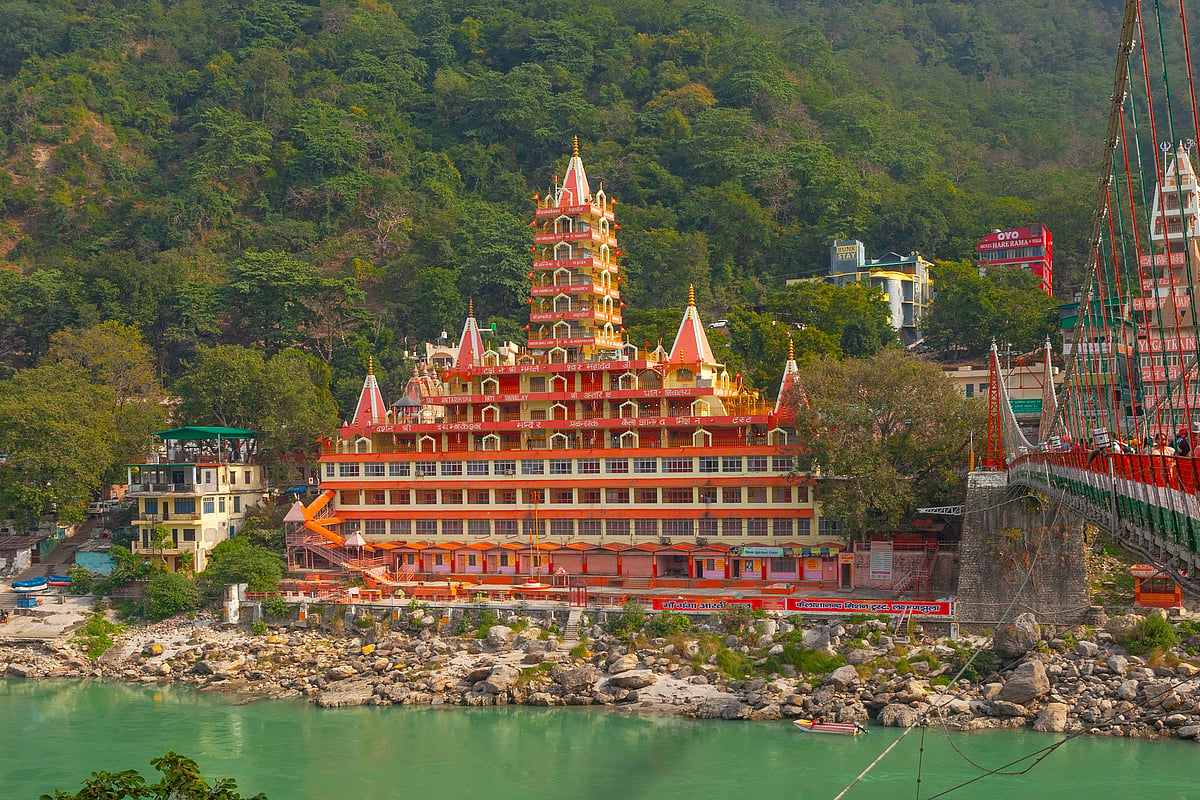
When to visit and what to expect
The best time to visit Rishikesh is between October and March when the weather is pleasant for sightseeing and river walks. For those seeking adventure, March to May is ideal for rafting and trekking. Travellers can reach Rishikesh easily by road, train, or flight, with the Jolly Grant Airport in Dehradun just 35 km away and Haridwar Railway Station 25 km from the city.
Once inaugurated, Bajrang Setu will join the ranks of India’s most iconic bridges, symbolising not only progress but also the eternal bond between faith and innovation.
Follow Travel Moves on Instagram and Facebook for more stories, destination insights, and updates from the world of travel, culture, and exploration.

